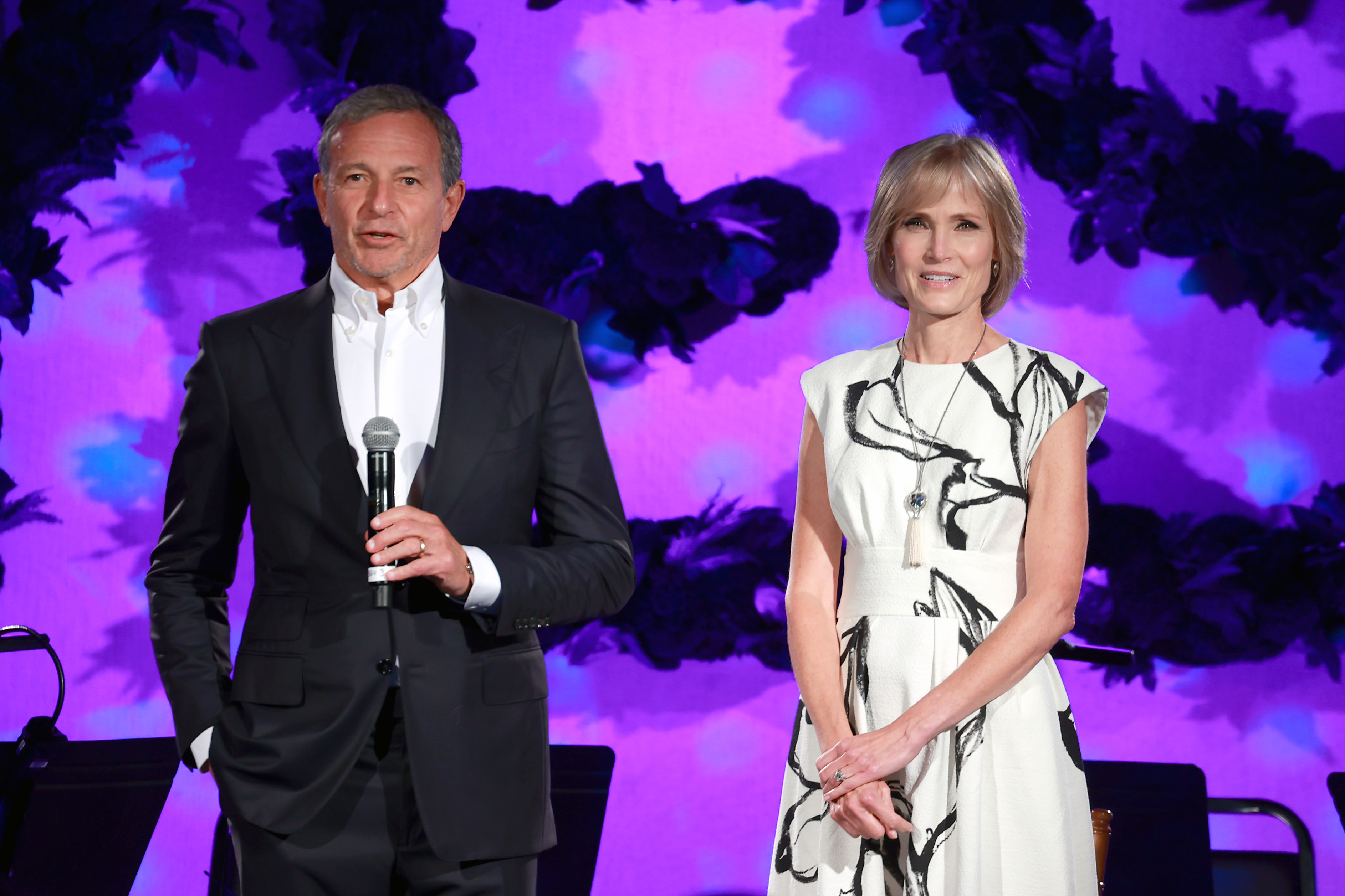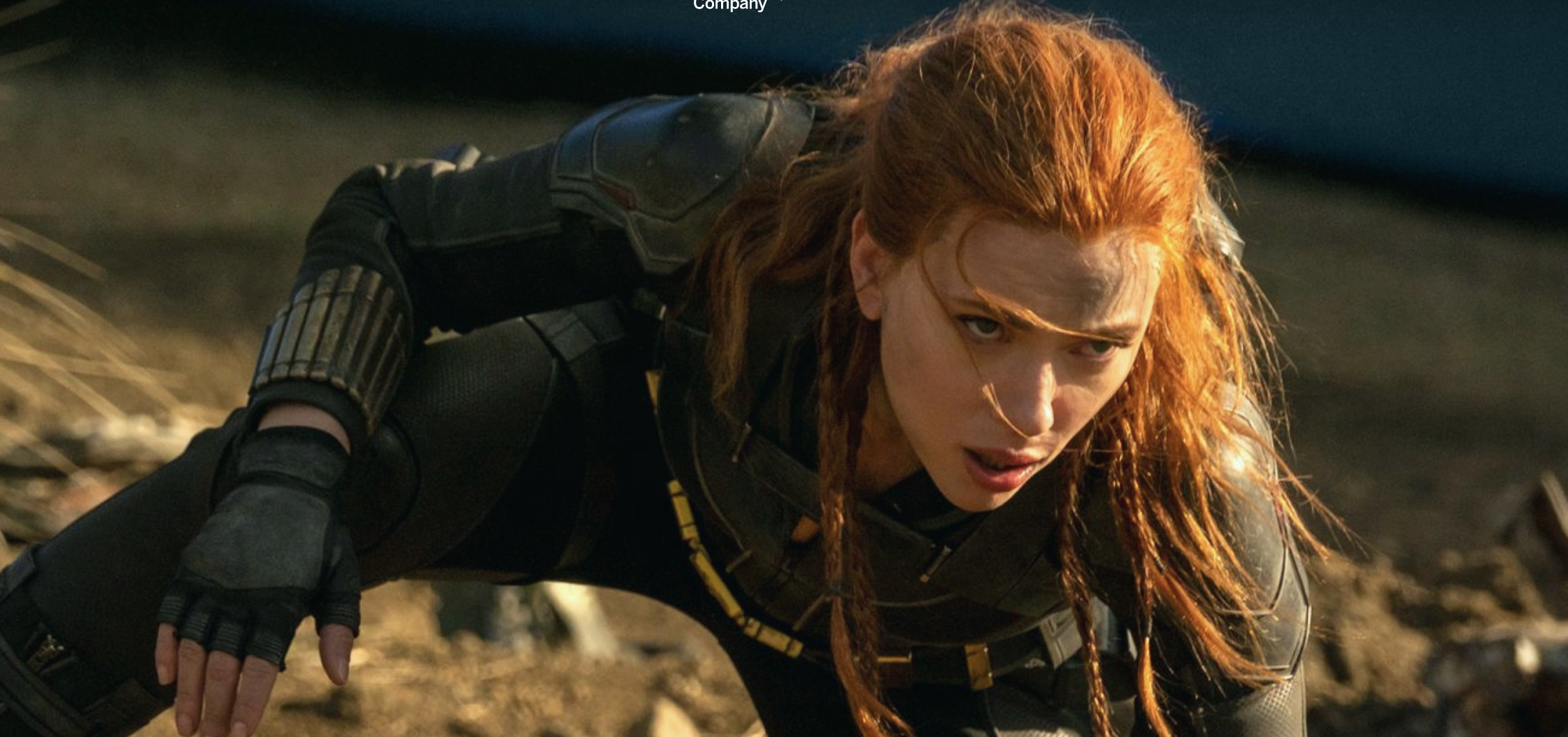Disney Gets Its GOAT Back, But He'll Have 99 Problems to Chew On (Bloom)
And for all of Bob Chapek’s missteps, would Disney really have been that much better off with Bob Iger running things the past three years?

So Bob Iger’s evil plan actually worked. Rather than ruin his golden-boy image as America’s favorite CEO when the pandemic and its planet-changing impact loomed over everything The Walt Disney Co. does, Iger suddenly handed control of the most respected media company on said planet to his stolid No. 2 and headed off to something like retirement.
Except Iger never really let go of control. Think of his time on the sidelines as more a secret sabbatical while successor Bob Chapek grappled with closed parks and resorts, infected cruise ships, empty movie theaters and no sports on ESPN, all while managing (not always effectively) the complex and expensive transition to streaming.
Read our complete Disney executive transition coverage:
* Bob Iger Wastes No Time With Reorganization at Disney
* Disney Stock Price Jumps Following Return of Bob Iger
* Bob Iger Takes Pay Cut in Return as Disney CEO
* Disney Stock Price Jumps Following Return of Bob Iger
The smarter way to stay on top of the streaming and OTT industry. Sign up below.
* Bob Iger Replaces Successor Bob Chapek As Disney CEO
Iger remained as executive chairman for most of the next two years, then meddled from afar in various ways, holding forth at investor conferences, tweeting at inopportune times, allowing supposedly private and definitely tart criticisms to resurface in public media.
Now, just as suddenly, Iger’s back, Chapek’s gone, and Disney is … where?
Still in a complex mess amid an economic slowdown, with a bunch of problems that Iger probably won’t be able to fix in his supposed two-year comeback. No matter. Shares jumped as much as 9% Monday morning before settling back, as the investors, creatives and others rushed to embrace the familiar comforts of one of their favorite CEOs.
Iger indeed is the GOAT among media executives. He’s the Tom Brady of CEOs. And like Tom Brady, he can’t stop playing the game. (Somewhere, Gisele Bundchen is contorting her perfect face in a grimace of condolence for Iger’s equally overachieving spouse, Willow Bay.)
As big tech investor Alex Kantrowitz put it this morning, “Disney and Bob Iger have a co-dependence problem.”
To repurpose a movie’s particularly apt phrase, they can’t quit each other.
To be sure, Chapek’s bull-in-a-china-shop handling of various controversies — stumbling into Florida Gov. Ron DeSantis’s own-the-libs woke trap after that Iger tweet, publicly calling out Scarlett Johansson in a bonus flap after Black Widow skipped went day-and-date on Disney Plus — understandably enraged crucial constituencies.

And Chapek absolutely mishandled this month’s disastrous earnings call, when the company disclosed a whopping $1.5 billion in quarterly losses on its streaming operations as cord-cutting walloped legacy operations. Chapek then compounded the problem by announcing a plan to, basically, make a plan to fix the spending problems with cuts, layoffs and reorganizations.
Bouncing Bob 2 for Bob 1 buys Disney’s board some grace. But here’s the hard truth. For all of Chapek’s missteps, would Disney have been that much better off with Iger running things the past two years and nine months?
The list of challenges for the Old New Guy are long. Many of those challenges were actually set in motion by Iger during his 15 years running the company. Worst of all, he won’t have much time to fix all of this, especially if he wants to preserve his remarkable legacy:
What to do with the company’s structure and finances: Disney’s many creative executives hated a Chapek reorganization that took away their green-light power and reposed it in a centralized distribution operation under Kareem Daniel, Chapek’s longtime lieutenant. Daniel, of course, is already updating his LinkedIn profile for his next gig. But reorganizing the reorganization, as Iger has signaled he’ll do, won’t fix an essential challenge of the age: cost-effectively and efficiently deciding what projects should go where. Somebody has to decide what becomes a straight-to-streaming series on Disney Plus, versus a theatrical release, versus a series on ABC or Freeform. Creatives may have been unhappy, but given the era’s tight media economics, the company needs some rational approach to its $33 billion in content spending. And it has to do that while losing less money, protecting market share in the hugely competitive streaming sector, in the middle of an economic slowdown. Piece of cake.
What to do with who’s next: The board’s news release about Iger’s return made it clear: One key job in the next two years is finding a permanent successor. We already know how that worked out last time. Chapek was an Iger decision, and only after Iger bumped off at least two previous would-be successors in Tom Staggs and Kevin Mayer while speaking publicly about retirement at least four different times. It’s not clear why Iger will do any better picking the New No. 1 this time than last. The most-discussed successors include Disney entertainment chair Dana Walden, Marvel guru Kevin Feige and ousted movie co-chief Peter Rice. None of those people, it’s worth noting, has any useful experience running parks and resorts, merchandise, home entertainment, and other operations that generate around half of Disney’s revenue. Said experience might be useful.
What to do with debt and acquisitions: Iger’s $71 billion acquisition of Fox brought Disney a controlling chunk of Hulu and the pungent programming of FX, which continues to give Hulu subscribers reason to watch. But it also saddled Disney with a big pile of debt that burdens the company going forward. Some have speculated that Iger will seek another acquisition to drive growth because it’s possible Disney is still not large enough to compete with Netflix, Amazon, and Apple. Ridiculous suggested targets include Netflix, which ignores not only the mammoth cost (and debt) involved but the even larger regulatory pushback it would set off. More importantly, it’s not clear any acquisition would ease what ails Disney, other than providing some distraction for pundits.
What to do with Hulu: Speaking of Hulu, that put/call agreement with Comcast has to be resolved by 2024, and continues to complicate the streaming strategies of both companies. Whenever that agreement is triggered, Disney will buy out Comcast’s one-third share of Hulu at an enterprise value of at least $27 billion. Comcast executives believe it’s worth a lot more, which means still more debt for Disney. The buyout won’t resolve where U.S.-bound Hulu fits into Disney’s global streaming strategy, however. Should Disney Plus be a more general service? Should Hulu or Hotstar remain a separate thing? As marketing and operations costs grow, this issue is becoming more pressing.
What to do with ESPN. Disney also needs to figure out what to do with one of its most valuable, if cable-bound assets, ESPN. “I think if I had remained, I would have pushed that harder,” Iger told CNBC a year ago, meaning he should have pushed ESPN into streaming more aggressively, rather than clinging to its fabulously profitable cable past. “Do you accelerate that or do you hold back as long as you can?” Iger went on. Well, now he gets to revisit that strategy with a great deal more urgency. Nowhere is the tension between a lucrative legacy and an uncertain streaming future more pressing than at ESPN and its under-fed streaming service, ESPN Plus.
What to do with China: It’s been years since any of Disney’s big movies has been released in the world’s No. 2 theatrical market. China’s government tightly controls how many U.S. films appear in its theaters, and when they’ll run. In recent years, they’ve largely turned off the spigot for Disney films. Perhaps Iger can again pry open that market through the force of his winning personality. But also perhaps, he can’t. Xi Jin Ping, fresh off consolidating power amid his third term as premier, cares far more about building his local movie industry, which now churns out home-grown nationalistic blockbusters that also support Xi’s larger messaging goals. A lack of access to China’s bountiful box office has big implications for Disney’s entire theatrical strategy, including the budgets and marketing plans for Marvel, Star Wars, Avatar, and Pixar projects.
What to do with Marvel, Star Wars fatigue: How much of a good thing is too much? Under Iger, the company drew up a long-term plan for lots of Marvel movies and streaming series and lots of Star Wars movies and streaming series. That worked for a while, but now, even the hard-core have begun grousing about the onslaught. Numerous Marvel and Star Wars shows have underperformed, eroding a crucial component of the entire Disney flywheel. If putting more and more shows isn’t the answer, what is? A slower tempo of releases may increase returns on a given project, but does nothing for streaming’s most important metric: engagement. Fewer shows mean less time on site, and higher churn.
What to do with Parks: To help cover the streaming losses, Chapek mercilessly bumped up prices at Disney’s resorts. Spending there is still strong as people exorcise their lockdown demons, but if the economy continues to pinch, do those excruciatingly high fees bite into long-term revenue?
It’s a long list of challenges, and while Iger is certainly the planet’s best qualified human to take them on, he may rue the day he decided to come back. It’s not going to be a fun two years, and his reputation as a manager will face some of its biggest challenges.
“I hope he enjoys what he’s doing, because he has a lot to do,” Morris Mark, founder of Mark Asset Management, told CNBC interviewers this morning.
Truer words were never spoken. ▪️
David Bloom of Words & Deeds Media is a Santa Monica, Calif.-based writer, podcaster, and consultant focused on the transformative collision of technology, media and entertainment. Bloom is a senior contributor to numerous publications, and producer/host of the Bloom in Tech podcast. He has taught digital media at USC School of Cinematic Arts, and guest lectures regularly at numerous other universities. Bloom formerly worked for Variety, Deadline, Red Herring, and the Los Angeles Daily News, among other publications; was VP of corporate communications at MGM; and was associate dean and chief communications officer at the USC Marshall School of Business. Bloom graduated with honors from the University of Missouri School of Journalism.

